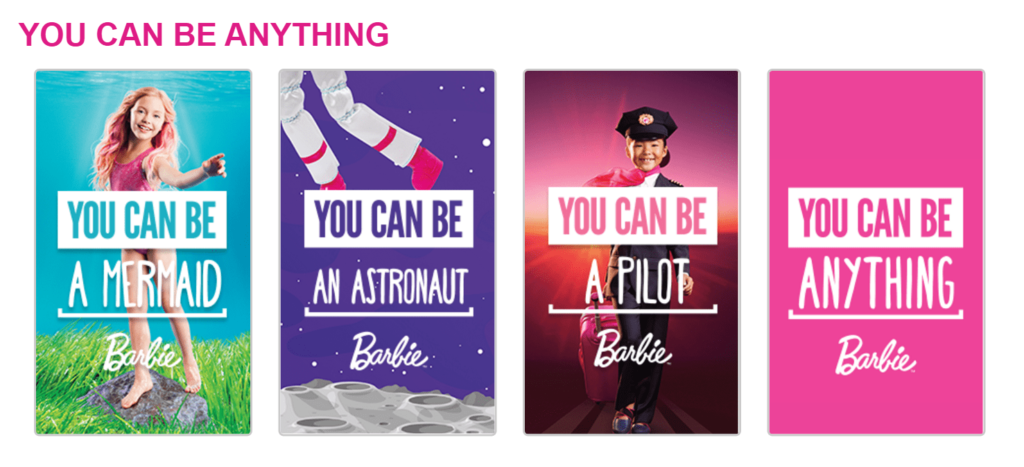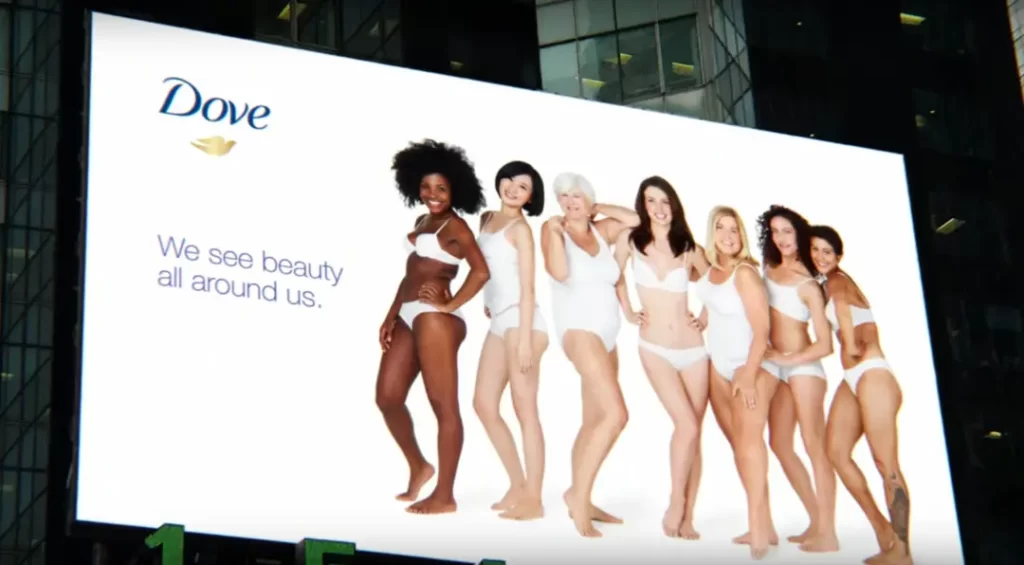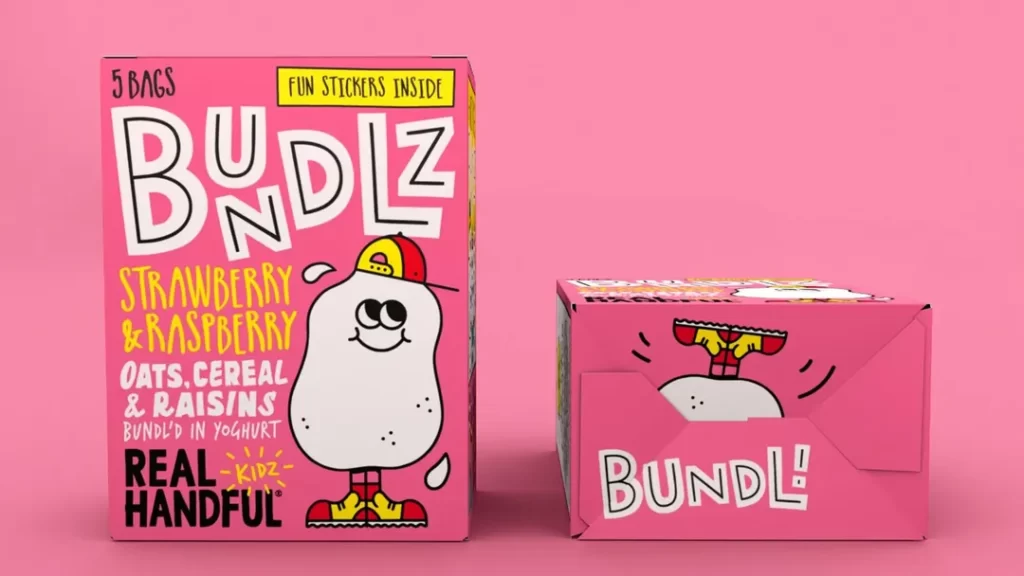Emotional Storytelling for Branding
Storytelling is an integral part of the human experience. As humans, we make sense of the world and our place within it through stories. The same applies to businesses and brands. Leveraging the power of storytelling to connect emotionally with customers can be a highly effective branding strategy. But what exactly is emotional storytelling, and how can brands use it successfully? Read on to learn more.
Table of Contents
What is Emotional Storytelling?

Emotional storytelling involves using narrative elements and personal connections to evoke an emotional response in the audience. Unlike straightforward factual communication, storytelling creates resonance through details, imagery, and empathy. Audiences relate to stories on a deeper, more visceral level.
When brands tell stories that customers emotionally connect with, several benefits can result:
- Enhanced trust and affinity – Stories that resonate create feelings of intimacy and understanding between the storyteller and listener. Audiences invest greater trust in brands they feel a personal affinity towards.
- Increased memorability – Information connected to emotion is more likely to be remembered. Story-based brand messaging enjoys longer-lasting memorability.
- Brand differentiation – Emotional connections are unique and distinct from brand to brand, separating them from competitors.
- Customer evangelism – Audiences are likelier to share impactful stories organically, fueling word-of-mouth marketing.
So, while facts and figures communicate credentials, storytelling builds relationships. Both are crucial for branding.
Critical Elements of Impactful Storytelling
Crafting stories that pack an emotional punch is a challenging feat. It requires skillfully incorporating specific narrative elements:
Relatable Characters
At the heart of every great story are characters audiences can relate to. Developing protagonists with rich backstories fosters stronger connections and empathy. Even when crafting a story about the company or product, inject a relatable personality and point of view.
Immersive Details
Vivid, sensory details draw audiences into a story’s setting and experiences. Skilful descriptions allow listeners to step into the protagonist’s shoes, imaginatively experiencing each twist and turn along with them.
Authentic Emotion
Audiences invest in stories anchored by authentic emotional truths. Great storytellers understand the broader human experiences their story speaks to. Touching on universal hopes, dreams, struggles, and triumphs helps create impact.
Clear Conflict
A conflict or challenge is what sets any story in motion. The obstacle faced requires action rising to an eventual climax. Even brands with largely positive stories can highlight minor conflicts to build narrative tension.
Satisfying Resolution
Once the conflict culminates, audiences expect a payoff. Storytelling masters know to provide a gratifying resolution addressing how the protagonist overcame their central struggle. Resolutions tie narrative threads together into a cathartic conclusion.
Keep these elements in mind when crafting branded stories. While fact-based information is crucial for marketing, stories breathe life into brands.
Brand Archetypes – Choosing Your Story Voice

While universal story elements exist, each brand must tell stories uniquely. Identifying which brand archetype you occupy can clarify what that narrative voice entails.
Defined by Margaret Mark and Carol S. Pearson in their book “The Hero and the Outlaw,” core brand archetypes include:
- The Innocent – Optimistic, ethical, traditional
- The Hero – Courageous, competent, protective
- The Outlaw – Edgy, disruptive, revolutionary
- The Lover – Passionate, intimate, romantic
- The Jester – Playful, amusing, entertaining
- The Sage – Studious, factual, cerebral
- The Explorer – Adventurous, independent, original
- The Ruler – Stately, commanding, prestigious
- The Creator – Expressive, visionary, imaginative
- The Caregiver – Nurturing, generous, selfless
- The Everyman – Practical, relatable, down-to-earth
- The Wizard – Eccentric, innovative, ahead of its time
- Hardcover Book
- Mark, Margaret (Author)
- English (Publication Language)
- 400 Pages – 02/06/2001 (Publication Date) – McGraw Hill (Publisher)
Determine which archetype best fits your brand identity. Then, craft stories speaking in that voice. Consistency strengthens recognition and connection over time.
For example, if you occupy the Creator archetype, stories focus on visionaries bucking trends through radical creative thinking. At the same time, Caregiver brands would tell stories emphasising service, support and looking out for customers’ needs.
Choosing your unique storytelling voice helps brands stand apart with distinct messaging. But it must remain authentic.
Strategic Storytelling Campaigns

While occasional stand-alone stories can be impactful, brands achieve optimal results through strategic long-term campaigns. Build contagious buzz by releasing a series of thematically linked stories over time. Here’s how to develop an ongoing story initiative:
Objective
Begin by defining your campaign’s marketing objectives. Do you aim to attract new customers, increase retention among existing ones, highlight brand values or introduce new products? Establish a clear directional goal.
Theme
What central theme or big idea ties your campaign stories together? Standard options include customer success stories, spotlighting inspiring team members, presenting company history or even serialised fiction.
Story Cadence
Determine the series release cadence upfront and announce the complete rollout plan publicly. Maintain excitement by consistently publishing new additions on schedule over a set duration.
Channels
Meet audiences on the communication channels they already frequent. That may entail digital content, video clips, social posts, podcast series or emails. Optimally leverage multiple formats and platforms.
Engagement Incentives
Consider including interactive engagement incentives like social media contests related to guessing future plot twists or submitting users’ own stories. Gamification boosts fan participation.
Consider these steps when preparing an immersive storytelling initiative for weeks or months. Let’s examine case studies of brands finding success through strategic narrative campaigns.
Successful Emotional Storytelling Campaigns

Many global brands have invested in serialised storytelling drives with sensational results:
Dove – Real Beauty Campaign
- Overview – Series of films celebrating beauty in real women rather than models
- Campaign Duration – 20 years and counting so far
- Impact – Increased sales by $1.5 billion over first ten years
Always – Like a Girl
- Overview – This short film deconstructs the stereotype that doing things “like a girl” is bad
- Campaign Duration – Ran intensively 2014-2015
- Impact – Views exceeded 85+ million, fueling significant sales growth
Google – Dear Sophie
- Overview – Series of YouTube shorts tracking father documenting baby daughter’s growth through videos
- Campaign Duration – Ran weekly 2011-2014
- Impact – Total views reached 12+ million, strengthening bonds with young parents
These initiatives demonstrate the formidable success strategic story campaigns can generate when thoughtfully developed and sustained long-term.
Key Takeaways
- Emotional storytelling fosters stronger audience connection and brand affinity.
- Great stories feature relatable characters, vivid details, authentic emotion, apparent conflict and satisfying resolution.
- Brand archetypes clarify the style of stories brands tell consistently.
- Ongoing narrative campaigns attract greater engagement than one-off stories
- Leading brands have achieved explosive success through committed story drives
Explore specific methods for integrating stirring storytelling into your branding and content.
Website Storytelling

Your company website presents a prime opportunity to communicate branded narratives to audiences. Here are impactful techniques for highlighting stories onsite:
Company Background
Share your origin story chronicling how the founders first envisioned the company. Spotlight key milestones conveying company values in action over time.
Employee Spotlights
Profiles of individual team members humanise a brand—details about their lives, passions and what motivates them to break down walls between brand and consumer.
Customer Success Stories
Real-world examples of clients overcoming challenges through your products or services pack an authentic, persuasive punch.
Behind-the-Scenes Stories
Pull back the curtain to showcase company culture. Photos, videos and anecdotes about everyday work life build rapport.
Story-Driven Blog Content
Publish a recurring blog series profiling inspirational changemakers who embody your brand’s purpose. Their stirring journeys hold serious reader appeal.
Website visitors expect more than boring corporate chronologies. Satisfy their desire for compelling stories reflecting brand values.
Video Storytelling

The video presents another avenue for engaging story-based branding. Celebrity endorser ads might enhance prestige, but story-focused videos drive deeper resonance. Here are impactful formats to consider:
Brand Origin Explainer Videos
Short animated videos bring company histories to life with colourful visuals, dynamic motion and uplifting background music. Their simplified overviews appeal to impatient digital viewers.
Customer Testimonial Videos
Candid customer videos discussing first-hand success carry authentic credibility. They offer relatable context that other mediums lack.
Behind-the-Scenes Mini-Documentaries
Let audiences directly see how products get made, or services get delivered. These insider-peeks build familiarity and understanding.
Social Good Initiative Videos
Share video profiles of specific outreach projects and the inspiring people your brand supports through corporate social responsibility efforts.
Interactive Choose-Your-Own-Adventure Videos
Innovative technology now allows customised videos with user-directed branching storylines. L’Oreal famously implemented this format, creating billions of personalised video ads.
Harness the expressive power of film and motion graphics to spotlight visual stories showcasing what sets your brand apart.
Storytelling in Other Brand Touchpoints

Opportunities to integrate storytelling arise across customer touchpoints:
Product Packaging
Print the journey behind your offerings directly onto product packaging. Infographics work well, showing critical steps in creation. Photos and pull quotes from actual team members also hit home.
Trade Show Booths
Design convention exhibit booths guiding attendees through an interactive narrative timeline exploring company evolution at milestone stations along the way.
Direct Mail Campaigns
Mail customers a short brand story in their physical mailbox rather than a digital inbox. Unexpected personalised connection in tangible form carries more weight.
Retail Store Signage
Install large vinyl murals or framed photos depicting the brand's origin tale at retail locations. It pulls wandering attention while educating.
Seek out chances to spotlight on-brand narratives during in-person customer interactions. Now, let’s examine helpful strategies for measuring storytelling initiatives.
Evaluating Storytelling Campaign Success
How do you gauge a branded storytelling effort's performance? Tailor assessment metrics to campaign goals:
Brand Awareness
- Website traffic during the campaign period
- Social media clicks, shares, reactions, reach
- Direct inquiries and leads generated
Customer Loyalty
- Sales or conversion lift over baseline
- Increase in repeat purchase rate
- Rise in customer satisfaction scores
Audience Engagement
- Views, comments and creation of user-generated content
- Participation in any related contests or challenges
- Email open and clickthrough rates
Brand Perception
- Surveys evaluating changes in brand attributes like trust, affinity and desirability
- Net Promoter Score measuring consumer likelihood to recommend
Apply quantitative web analytics and qualitative feedback surveys and interviews to understand the storytelling impact fully.
Now, let’s recap the core takeaways around leveraging the magic of stories in branding.
Conclusion
Emotional storytelling allows brands to transcend transactional exchange by forging intimate customer relationships. When grounded in resonant narratives, speaking in an authentic brand voice, audiences respond with heightened affinity, engagement and evangelism.
Yet stories can’t simply be slapped on a brand superficially. They must remain consistent over time and across channels to strengthen recognition and connection.
Strategic long-term storytelling campaigns prove most effective when focused around a defined theme with solid calls to action and built-in incentives for participation.
Success requires continuity, commitment and creativity. But brands that dedicate themselves to discovering and delivering their unique stories in ways that spark imagination and feeling build formidable competitive advantages.
After all, great stories well-told always stay in fashion. And great brands know their customers crave great stories. Fulfil that yearning, and they will keep coming back thirsty for more over the long haul.
The pen is mightier than the sword. So pick yours up and start writing the next captivating chapter in your brand’s lifelong narrative today.
Frequently Asked Questions
What's the difference between branded content and branded storytelling?
Branded content focuses on discussing product features or company information. Branded storytelling aims to build an emotional connection through compelling narratives conveying brand values.
How can I ensure branded stories feel authentic?
Focus on genuine human truths rather than overt selling angles. Craft characters and plot details reflecting real daily struggles and emotions your customers experience.
What if my company history seems boring? Can I still tell an engaging origin story?
Emphasise inspiring motives, significant risks taken or notable obstacles overcome on the journey rather than just factual timelines to spark interest.
How long should branded video stories be?
With limited viewer attention spans online, concise stories under 2-3 minutes work best. Summarise critical messages, then link to a more extended version for interested viewers.
How many touchpoints should branded stories appear across?
At a minimum, ensure cohesive stories flow across your website, ad campaigns and social channels. But the more platforms where audiences engage with consistent narratives, the stronger the cumulative impact.
Last update on 2024-05-04 / Affiliate links / Images from Amazon Product Advertising API

